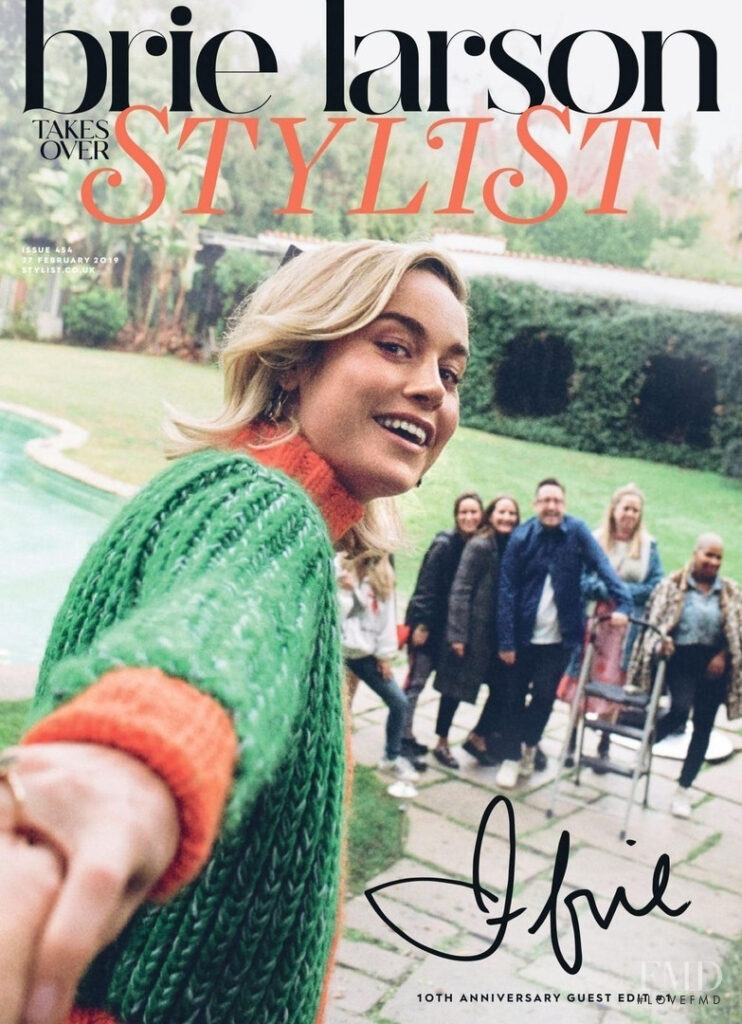 “Eternally stable” is how Stylist Editor-in-Chief Lisa Smosarski describes her magazine, noting their solid audience and advertiser base in their 10-year history, and their current distribution of 410,000+ weekly.
“Eternally stable” is how Stylist Editor-in-Chief Lisa Smosarski describes her magazine, noting their solid audience and advertiser base in their 10-year history, and their current distribution of 410,000+ weekly.
“It’s no small feat in a market struggling with changing reader habits, leading to reduced circulations and falling advertising revenues,” writes Charlotte Tobitt in the UK’s Press Gazette.
What’s their secret sauce, given how many other titles targeting women have either shut down or scaled back their print editions?
“Because the newsstand has been a ‘particularly tough place’ to be of late, Smosarski said paid-for titles need to ‘find their point of difference’ in order to survive,” Tobitt writes.
A large part of their point of difference is remaining unabashedly committed to feminist principles, in a social climate where that is often called out and even ridiculed.
“We were very open about our agenda which was to speak to women in all facets of their lives and that was not about pleasing a partner or how to keep your man happy, it wasn’t about gossip, it wasn’t about negative paparazzi pictures, it wasn’t all the things people were seeing in magazines, but it was challenging what was happening in their day-to-day lives,” Smosarski told Tobitt.
“As women, we’ll talk about politics, we’ll talk about issues at work or going for a promotion or office politics, we would happily then switch to talking about something happening in the news or what we’re going to wear to an event at the weekend.”
They don’t simply report on the stories, but are active advocates for change, campaigning to make women more visible in sports, media and the business world. A recent issue featured guest editors Hillary and Chelsea Clinton, “with the former Presidential candidate praising Stylist for having an ‘unapologetically feminist’ point of view.”
The title launched 10 years ago as a free publication and it distributed at UK train stations, airports, coffee shops and other places. According to Smosarski, they plan to keep the magazine free.
“Like everyone we might explore different ways of monetising content elsewhere, but certainly not with the magazine,” she said. And also like many publishers, they leverage both the print and digital sides of their business for revenue, with both being “equally important” according to Smosarski.
It seems to be a sweet combination – a weekly free magazine with a decided point of view, robustly supported by ad dollars, and a digital platform that reaches their audience in real time. I imagine we’ll still be writing about them at the end of the next decade.
